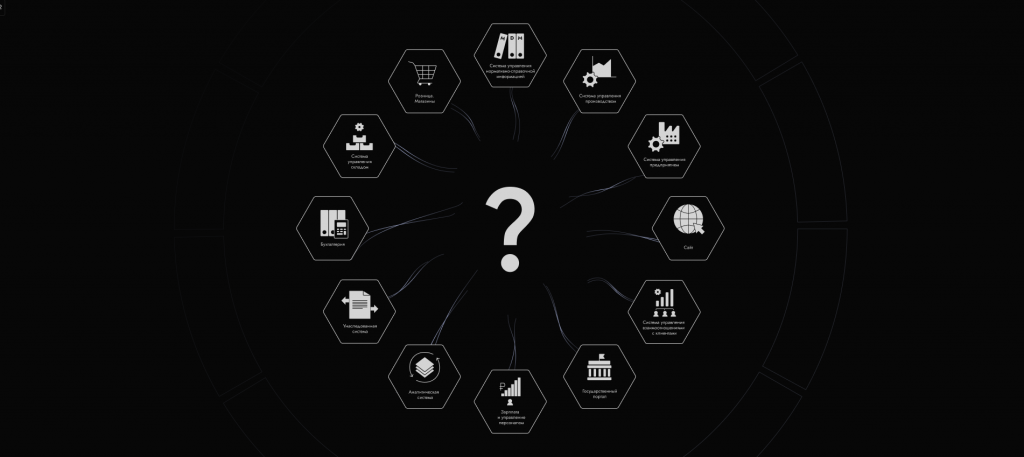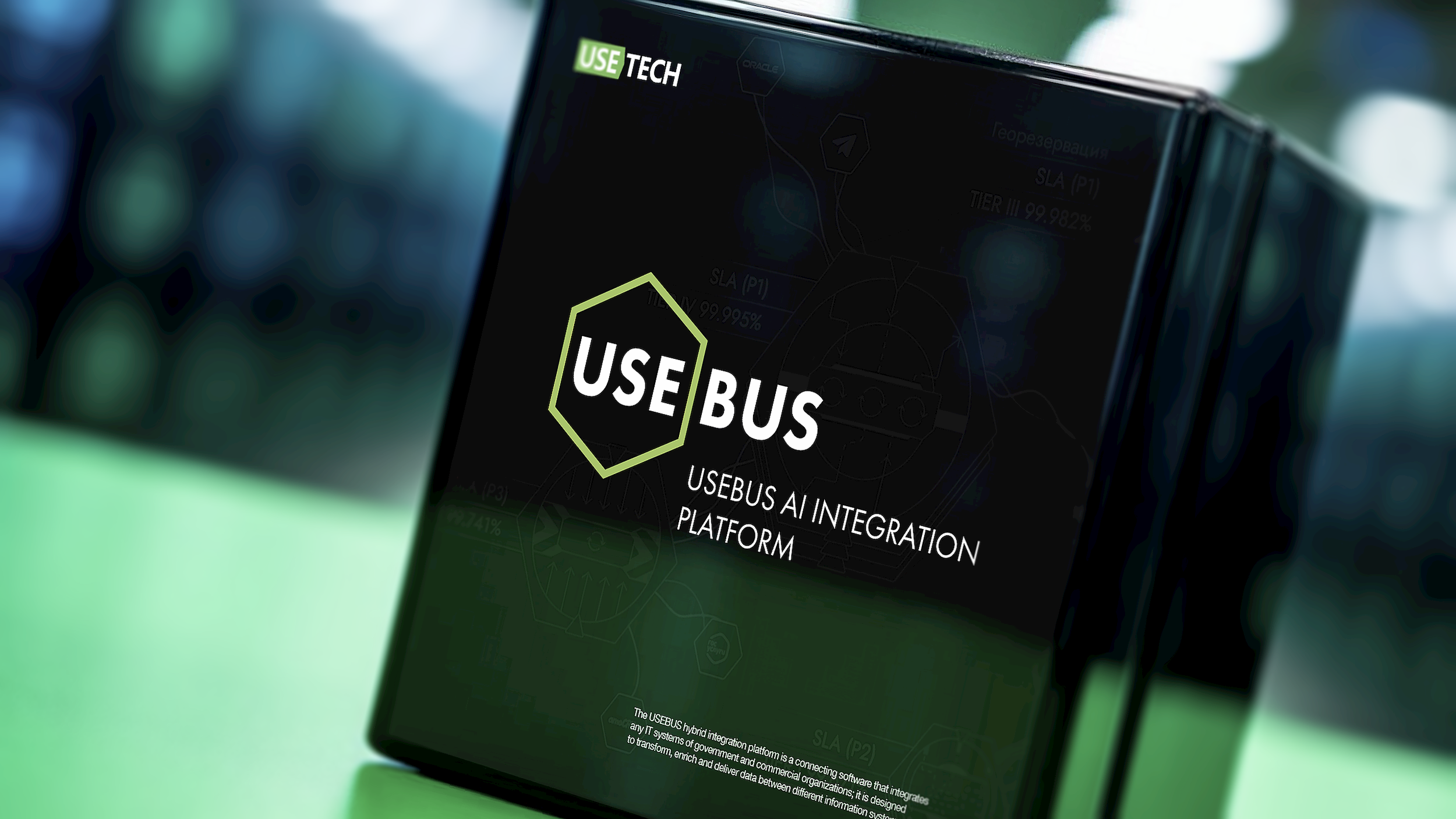USEBUS AI-Code.
Connecting software designed to transform, enrich, and deliver data between different information systems.
Hybrid Integration Platform USEBUS AI-Code
USEBUS supports a wide range of installation options, including on-premises installation and cloud deployment, ensuring data protection from unauthorized access
- Real-time Data Processing. Allows continuous data flow and processing with minimal delays.
- AI/NO/Low-Code Tools. Empowers non-developers to create integrations through visual, user-friendly interfaces.
- AI and Automation. Uses AI for smart workflows, decision-making, and automating repetitive tasks.
- Strong Security. Incorporates encryption, compliance, and secure data handling mechanisms.
- Business Efficiency. Dramatically decreases time to market for your integrations and reduces integration costs at average 30%-50%.

Gain a competitive advantage
- Fast time-to-market integrations. Allows you to create and change integrations in a few clicks, significantly reducing the cost of developing and maintaining automations.
- Different integration tools in one. Includes all popular ways to build data streams, from possible extensions to the rare and unique.
- From single stand to hybrid infrastructure. Installed in “a couple of clicks” – both on local servers and clouds, forming a unified architecture of the distributed IT landscape of organizations.
- AI “suggests” – human “decides”. The application architecture enables the use of public LLMs and local AI to create integrations, manage data, and improve data quality.
- Data protection against unauthorized access. Built-in role-based access model for data protection, as well as encryption and security auditing mechanisms, including detection of anomalous behavior.
USEBUS is multiple products in one
- USEBUS is a high-performance ESB.
- USEBUS is an industrial data processing conveyor.
- USEBUS is a high performance batch ETL.

The next stage of evolution is integration platform USEBUS
The longer you use USEBUS, the cheaper it becomes by reusing established routes and additional components.
Benefits
- Includes all the pros of ESB and negates the cons.
- Multiple products in one interface for different integration interactions.
- No vendor lock, USEBUS is a modular product where interface acts as a superstructure for open-source technology: IT systems data handlers, adapters and connectors can be supplemented without any restrictions.
- Ability to connect external components in any languages as a Low-code integration element.
- Low entry threshold allows the company to quickly expand the integration team by creating domain subteams in different areas.
- It is possible to separate cluster integrations accordingto business processes criticality, so that some of themdo not interfere with others.
- Ability to create truly complex integration routes.
- Almost any logic can be placed.
- The documentation process is built into the interface.
